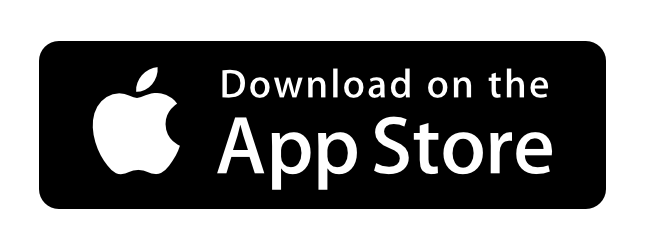Summer time and warm weather has us craving cool refreshing desserts. Ice cream, sherbet, frozen custard, gelato, popsicles, or sorbet are all treats we love to add to our menus, bowls or shopping carts as the temperature soars. Many people eat these treat year round as shown by these statistics. “A recent survey noted that each American consumes a yearly average of 24.5 quarts of commercially produced frozen dairy products (ice cream, sherbet, and ices)” [i]
Ice cream and frozen yogurt are filled with protein, calcium and phosphorous. Unfortunately, ice cream and other frozen treats are also full of fat, and sugar, which will blow your calorie budget, clog your arteries, and expand your waistline. Many of you may associate the joy of childhood and getting ice cream from the ice cream truck, or as a treat after swimming or playing baseball. How can we still enjoy the frozen delights and stay on a reduced calorie diet plan? Two key points to remember when eating ice cream or other frozen treats: Choose wisely and Watch your portion size.
Let’s decipher some labels in the ice cream aisle to help rein in the calories. It is important to check out the “serving size” on the label. A typical serving is 1/2 cup. That serving size is small, roughly the size of two golf balls. In short, it is doubtful that most people will stop at that portion. Appearances do matter so use a smaller bowl, or cup so the portion does not look so small. If you have a generous hand with the ice cream scoop you will have to double all the values on the label, 1 cup equals double the calories, fat, and sugar in your intake. Instead of possibly 150-300 calories, you just reached 300- 600 calories and 20 grams of fat vs. 8-12 grams of saturated fat with just a few scoops.
Label Reading 101 : Fat, Calorie, & Carbohydrate Content:
Here is how to read labels on ice cream and other frozen treat packages. Look at the serving size and the calories per serving and the amount of fat per serving. Be cautious of the amounts and how they fit into your calorie intake per day.
Listed below are the different categories of ice cream and frozen treats with a breakdown of calories, fat and carbohydrates per 1/2 cup serving:
- Premium Hard Ice Cream - (16%fat), 187 cal, 12 gm fat, 23 gm carbs
- Regular Ice Cream - ( 10%fat), 145 cal, 8 gm fat, 17 gm carbs
- Light Ice Cream- (5%fat), 124 cal, 3.6 gm fat, and 19 gm carbs
- Fat Free Ice Cream - (0%fat),138 cal, 0 fat,30 gm carbs,
- Gelato – (3-10% fat ) [ii]104 calories 1.3 gm fat, 23 gm carbs
- Frozen Yogurt-Low Fat - ( Ben & Jerry’s), 190 cal, 2.5 gm fat, 35 mg carbs
- Frozen Yogurt Fat Free - 100cal, 0 fat, 19 gm carbs
- Sorbet - ( 0% fat) 130 calories, 0 fat, 30 gm carbs. Sorbet or Fruit ice and Juice Bars have no fat. [iii]
Calories, fat and carbohydrates may vary depending on the flavor, brand and add-ons. So keep in mind if you add any of these items such as flavored syrup, chocolate sauce, nuts, cherries, crushed cookies, candy, whipped cream, or a cone, then the calories begin to really add up.
Most frozen treats are low in vitamins and minerals, but an exception is 1/2 cup mango sorbet, which supplies 20-30% of a day’s vitamin A and some sorbets which also have vitamin C. [iv]
The best news is that many food manufactures have come out with new products that have lower fat and sugar content than regular ice cream. Here is a tip: look for products that have 2 1/2 grams of saturated fat or less. These are a few companies that have manufactured products with 2.5 grams of saturated fat or less ice cream; Turkey Hill, Blue Bunny, Breyers, Dreyer, Edy’s, [v]. (Remember to check labels since the company may make several varieties of ice cream, not all being low fat). Frozen yogurt, non-dairy frozen product (soy milk, or coconut milk), sherbet, sorbet also have low fat or no fat.
So go ahead choose wisely, and savor your small portion of a frozen dessert on a hot summer day.




